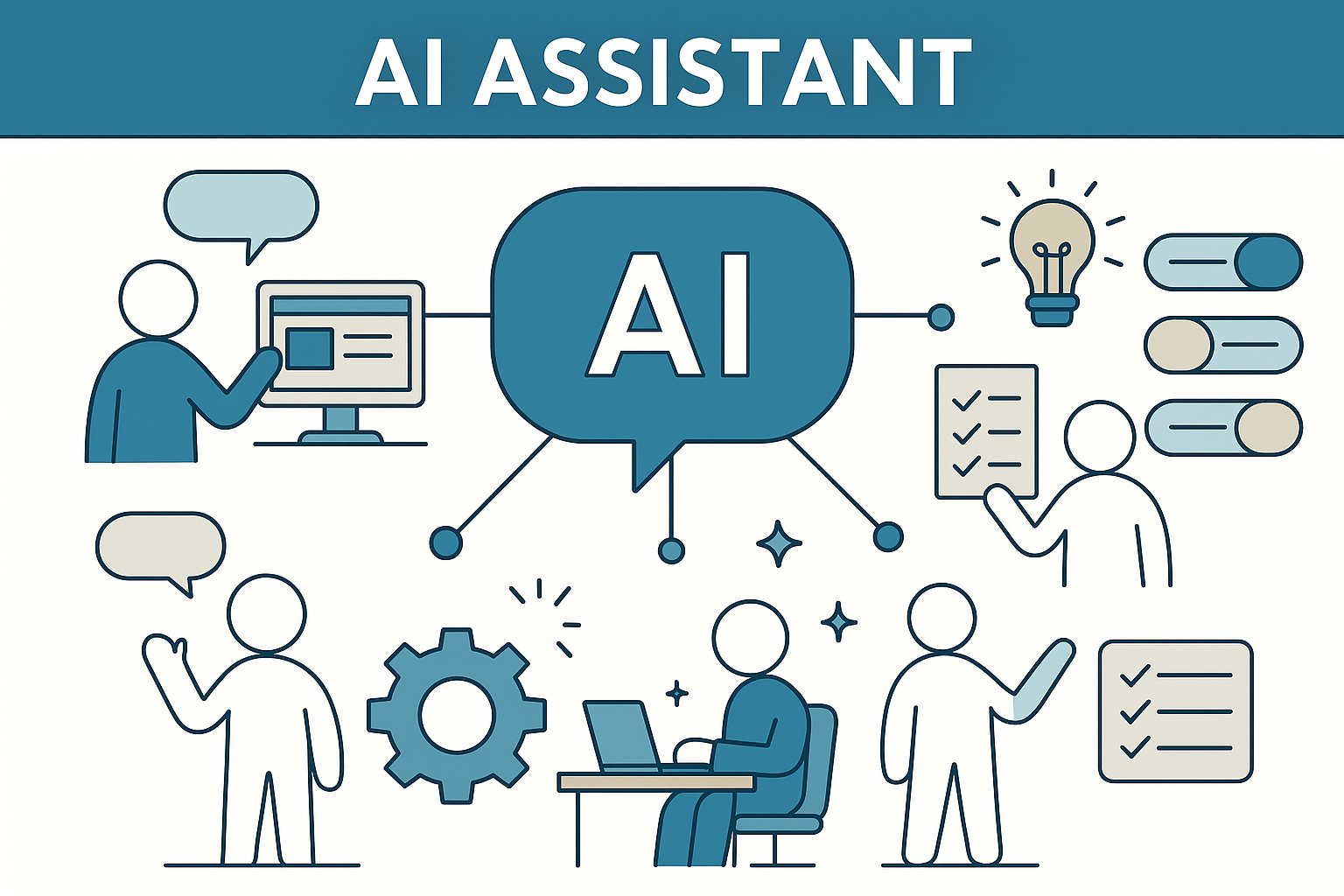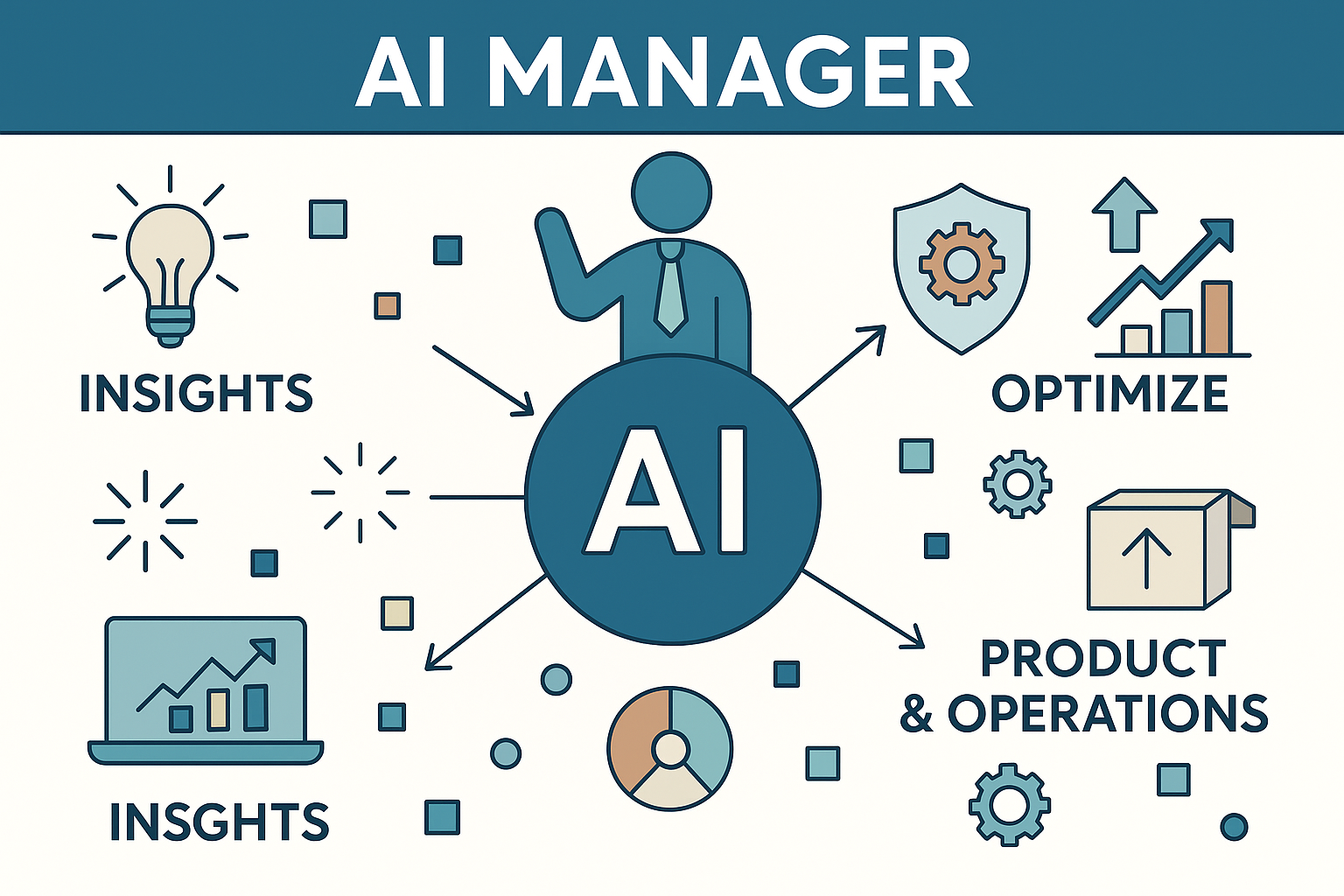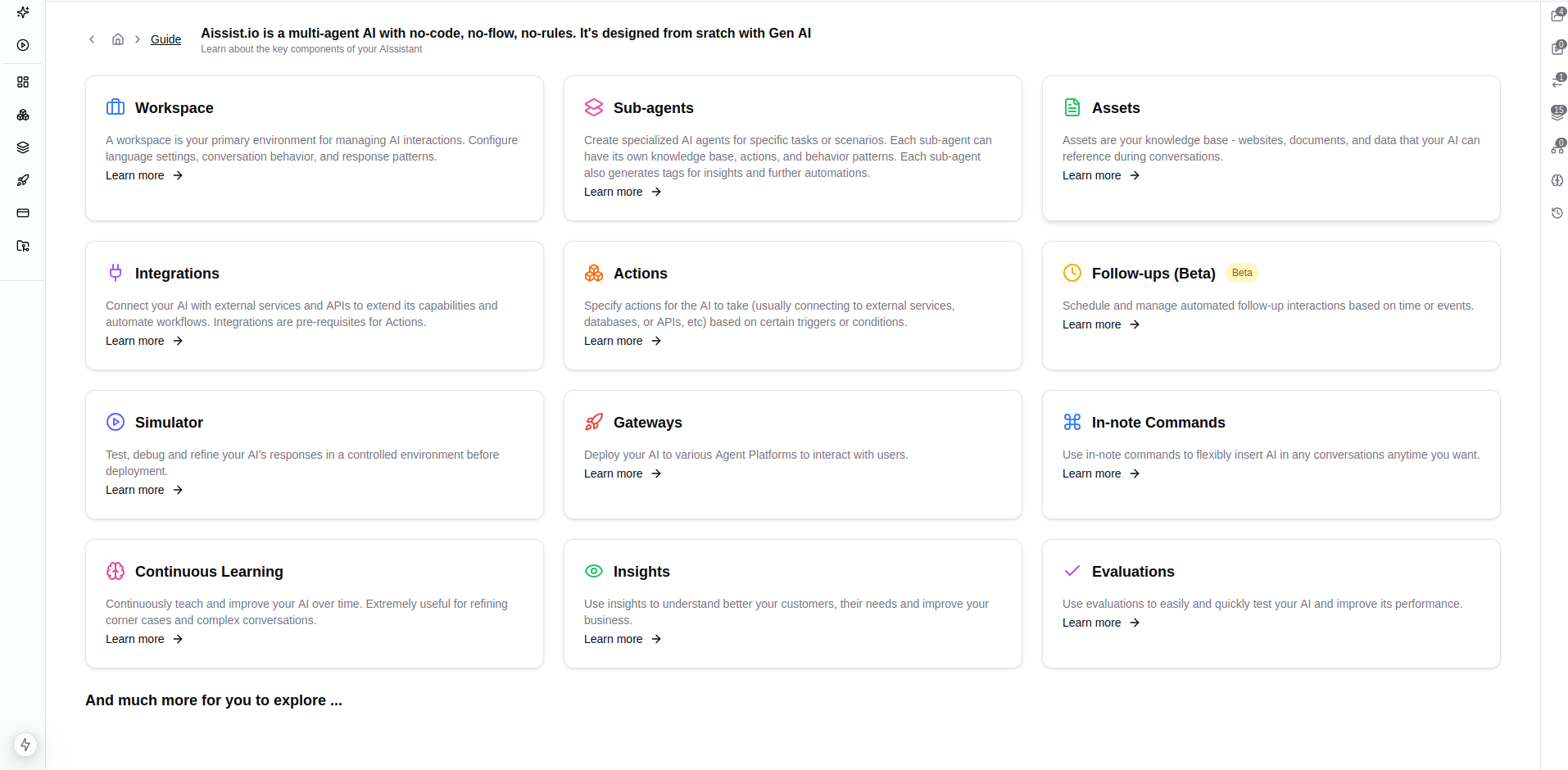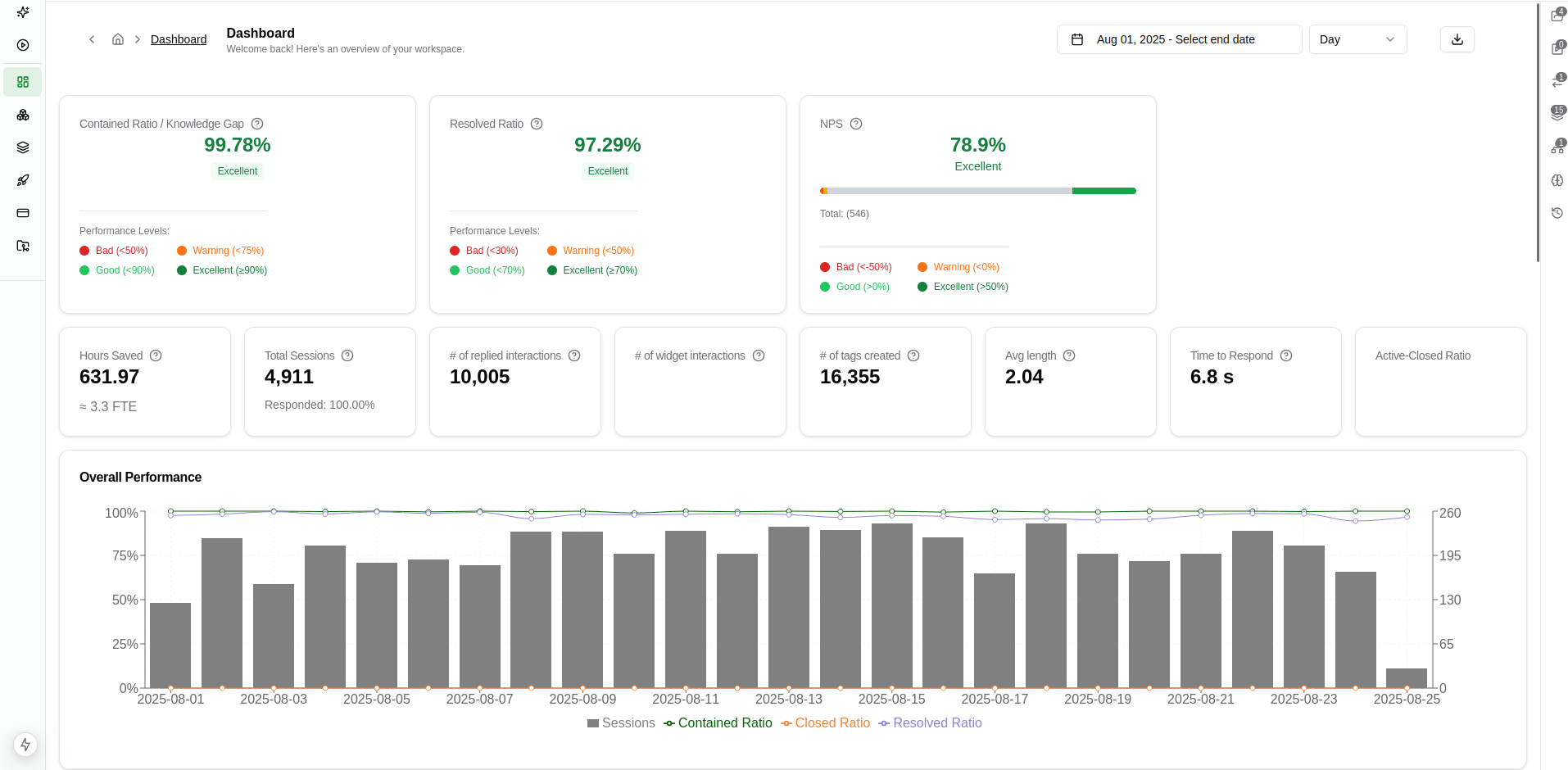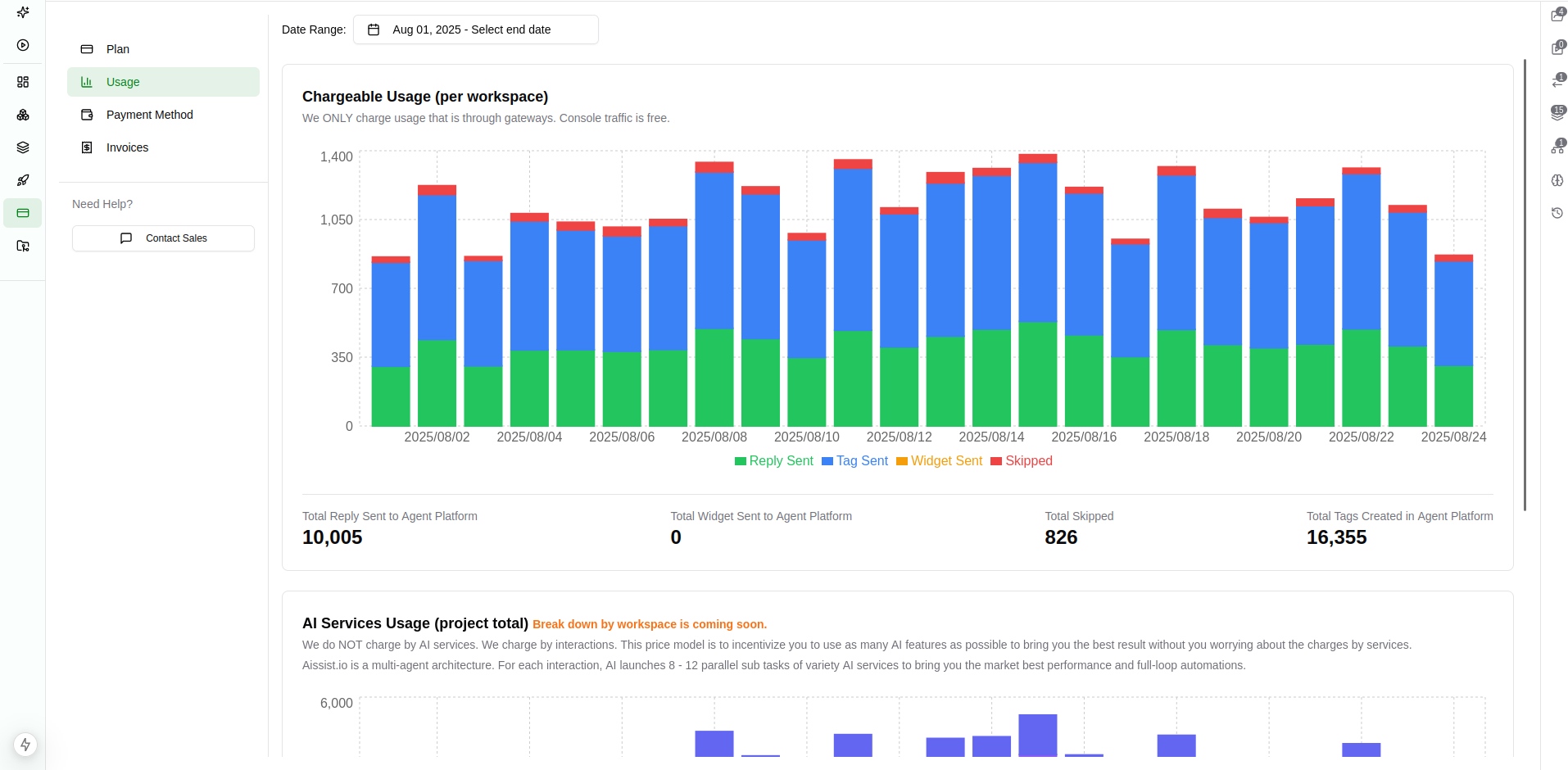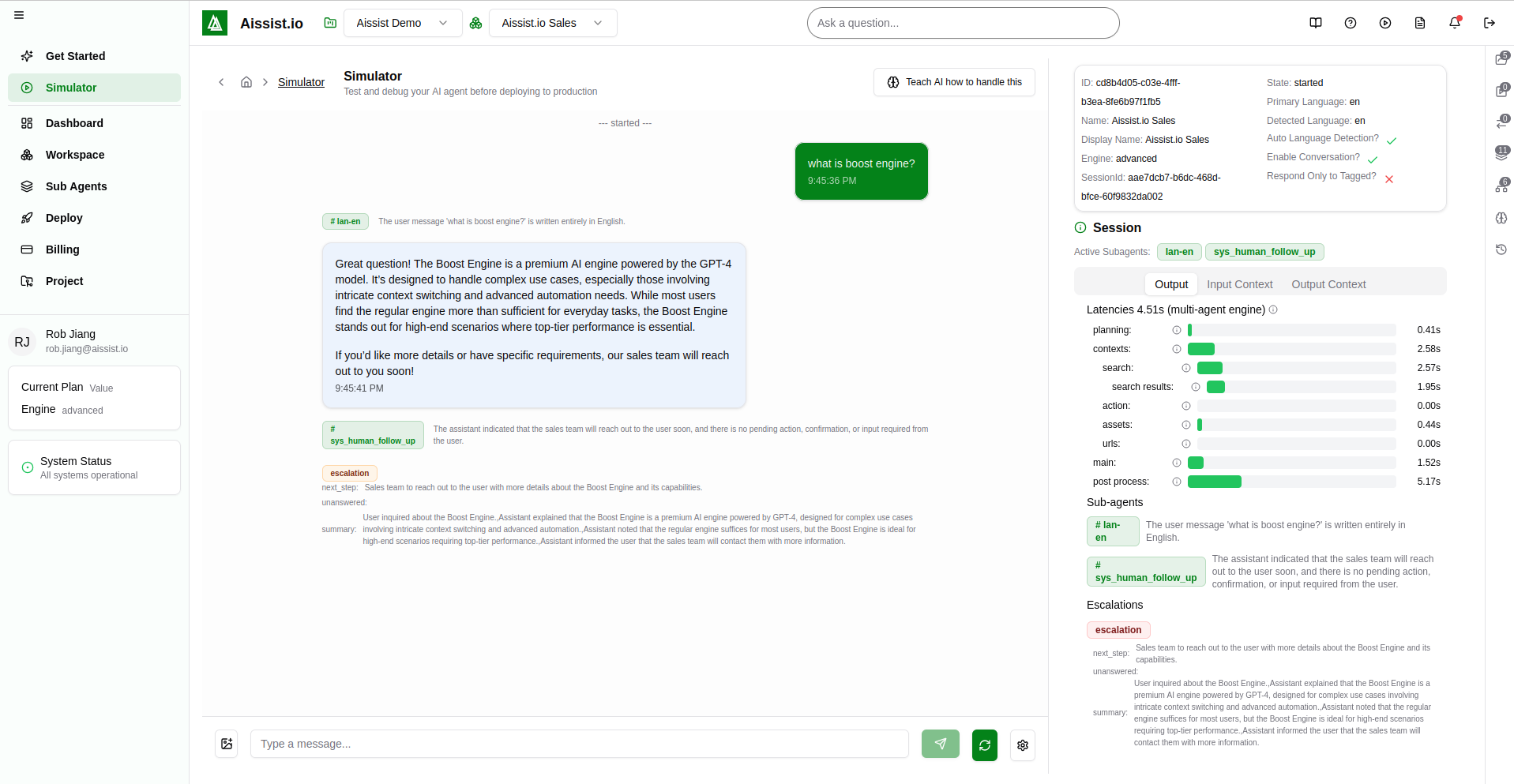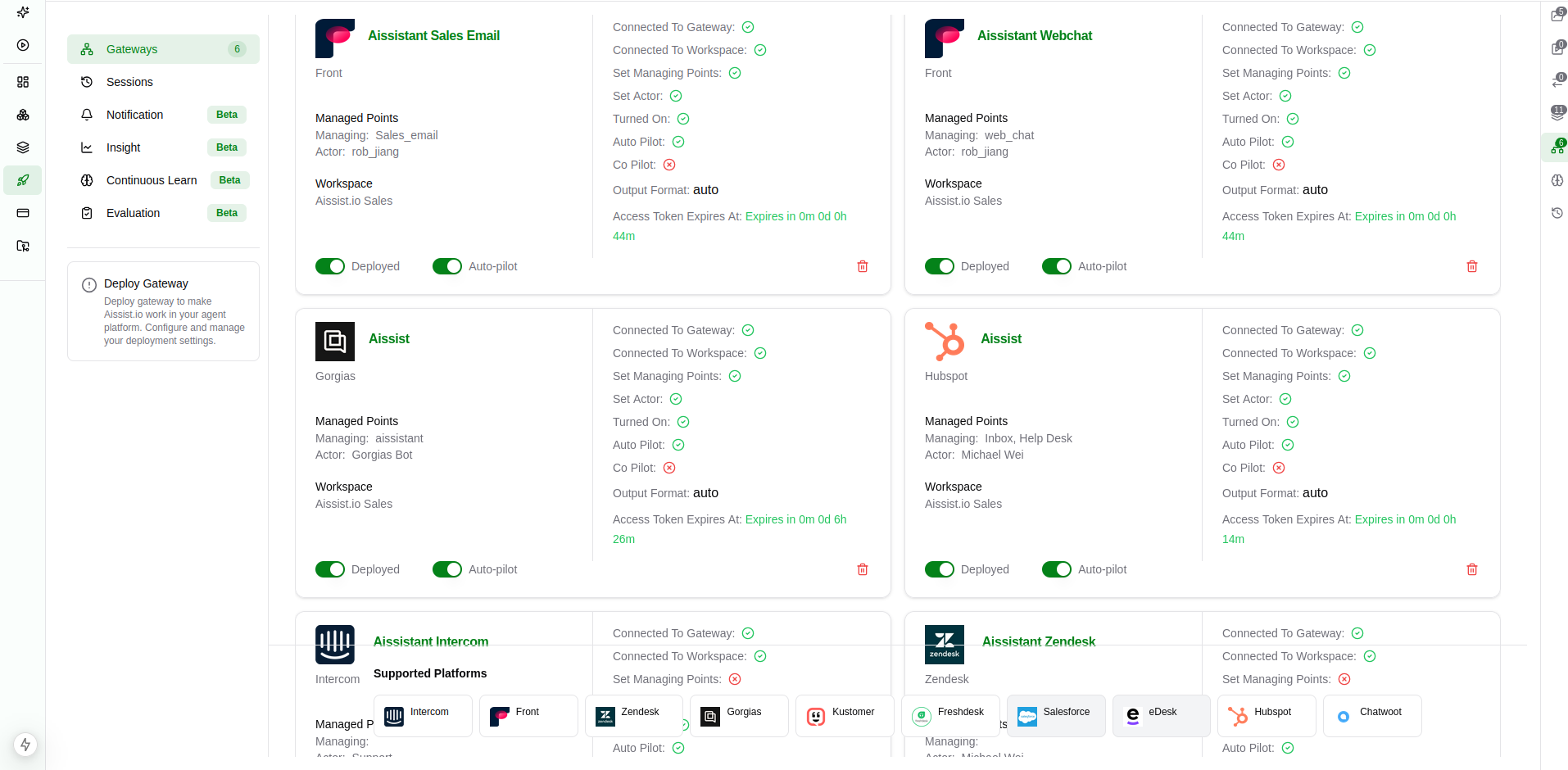Why Learning Directly from History Isn't Practical for building out your AI Agent: The Case for Guided Learning from Experts
While learning from history sounds like a great concept, it presents significant practical challenges when applied to building out AI system. Simply feeding AI with historical data in hopes of it learning independently isn't a foolproof strategy, and it can even be counterproductive. Here are the primary reasons why directly learning from history doesn't work and why a more guided approach, informed by expert knowledge and instruction, is essential for creating effective AI systems.

A huge misunderstanding
A lot of people got confused with two very distinct stages of Machine Learning, pre-training and fine-tuning. For the pre-training, yes, self-learning from big volume of data has been proven to be a very successful strategy. However, for fine-tuning, the quality of data with expert guidance is crucial in today's machine learning regime. Most of AI agent build-out for business is a fine-tuning process, because the pre-training has already been done previously.
Therefore, the concept of learning from history and hoping you are done with it, in my awareness, not only has never been practical but also is more expensive and result in awefully uncontrollable outcome, due to the following specific reasons.
1. Risk is huge and hard to uncover
First and foremost, the risk of learning from history is that the AI will learn from the wrong things. For example, if the AI is learning from a history of bad decisions, it will learn to make bad decisions. And it will be very hard to find out or undo it. For business system, this is not a risk that most of business would like to take.
2. Garbage In, Garbage Out
The quality of the data an AI learns from is crucial. Not all historical data is valuable or accurate. In fact, much of it can be irrelevant or even misleading. When training an AI, it’s important to ensure that the examples it learns from are not only plentiful but also of high quality. Relying solely on historical data without filtering out irrelevant or erroneous examples can result in the AI learning false or biased information. This can lead to poor decision-making and suboptimal performance.
3. Partial Observability: The Missing Context
Historical data often presents outcomes without showing the underlying processes that led to those outcomes. For instance, you may have a record of an agent successfully resolving an issue for a customer, but the history may not reveal how that decision was made. Critical factors, such as user profiles or previous interactions, which played a role in determining the solution, might be missing. Without the full context of these interactions, AI is limited in its ability to understand the nuances of decision-making and may not be able to replicate the process accurately. This lack of insight into the "why" behind actions makes it difficult for AI to generalize its learnings and perform optimally in diverse situations.
4. The Role of AI: normally AI starts with a role and this can not be learned from history
AI wasn't designed to handle every task from the get-go, and this limitation extends to learning directly from historical data. Many AI systems today lack the "stop signals" or boundaries that can be derived from history alone. AI needs guidance to understand which actions to prioritize and when to stop or change course. This is something that cannot be easily gleaned from past records. Guided learning allows AI to work alongside human expertise, providing the necessary framework to understand complex scenarios and make better decisions.
5. Optimization challenge: The Difficulty of Debugging with History Alone
One of the most significant challenges of learning purely from historical data is the inability to easily debug or optimize the system. When AI relies entirely on past examples, it becomes much harder to pinpoint specific areas for improvement. The learning process tends to be less efficient, requiring constant iteration to refine the system, which usually requires an expensive process to clean the data, eliminate errors, and then re-train the model with fresh, high-quality input.
The Power of Guided Learning
While continuous learning is essential for improving AI over time, it’s far more effective when guided. Simply throwing historical data at an AI system is not sufficient. The key is to guide the learning process, ensuring that the AI is trained with relevant, high-quality data and expert insights. Guided learning from experts ensures that the AI is learning in the right direction, gaining the context it needs to make informed decisions, and continuously improving as it encounters real-world challenges.
At our company, we have seen firsthand how businesses succeed by taking a more structured approach to AI development. Here's how we recommend starting with a more guided learning framework:
Step-by-Step Process for Building High-Quality AI
-
Gather All Available Information. Start by collecting all available resources such as websites, handbooks, and knowledge bases. This helps the AI build a foundational understanding of the context in which it will operate.
-
Identify Critical Domains (Sub-Agents). Break down the overall problem into critical sub-domains. These sub-agents should focus on specific areas where expertise can further refine and improve AI performance. For instance, if you're building a customer service agent, the sub-domains could include product knowledge, troubleshooting, and customer engagement.
-
Create Clear Instructions. Provide detailed instructions for the overall AI system and each sub-agent. This guidance will direct how the AI should approach different tasks and ensure it follows best practices as it processes real-world data.
-
Connect to APIs. Once the system is set up, integrate APIs that allow the AI to access necessary data and perform actions in real-time. This step connects the AI to external systems and tools that will enhance its functionality.
-
Continuous Improvement with Real Traffic. Finally, let the AI learn from real interactions. At this stage, use continuous learning capabilities to further enhance the AI's ability to handle edge cases and improve its performance with actual traffic.
A Successful Example of Guided Learning
Some of our users have found great success in this approach. For example, they’ve extracted key conversations categorized by domain and stored them in shared Google Docs. By using these examples as guided learning tools, the AI was able to enhance its ability to handle specific scenarios. This method has proven to be incredibly effective in improving AI performance.
Conclusion
The idea of learning directly from history may sound appealing, but in practice, it presents numerous challenges that can hinder AI's ability to learn effectively. Instead, a guided learning approach—where expert knowledge, context, and clear instructions inform the AI's training—yields much better results. By following a structured process and focusing on continuous improvement, businesses can build AI systems that truly add value and adapt to ever-changing real-world challenges.
